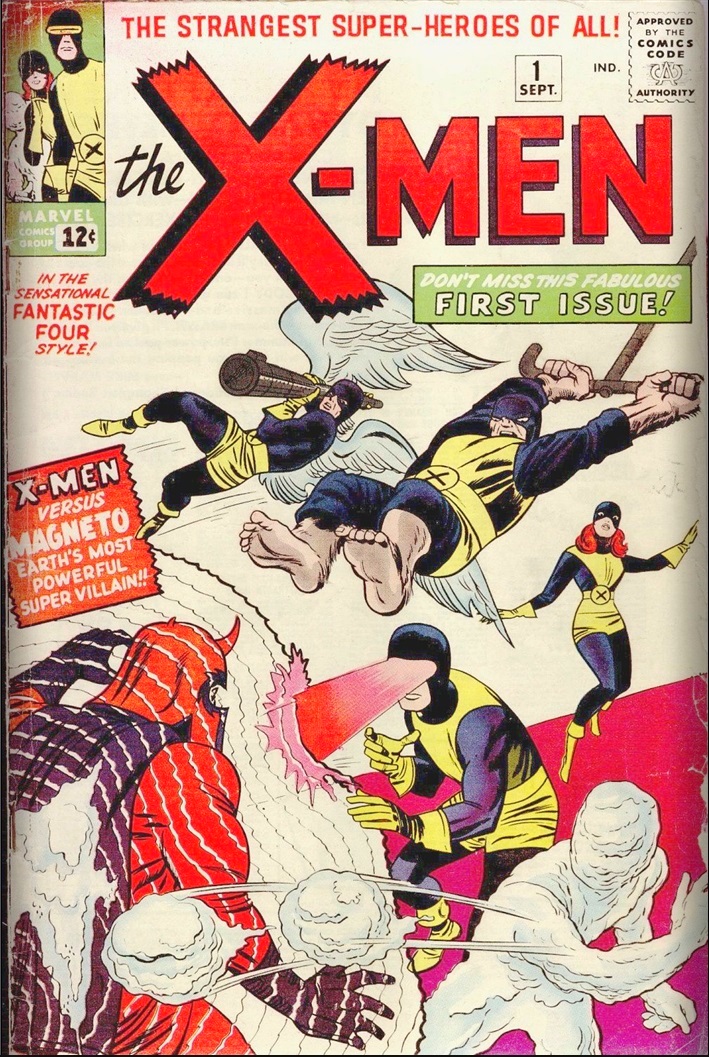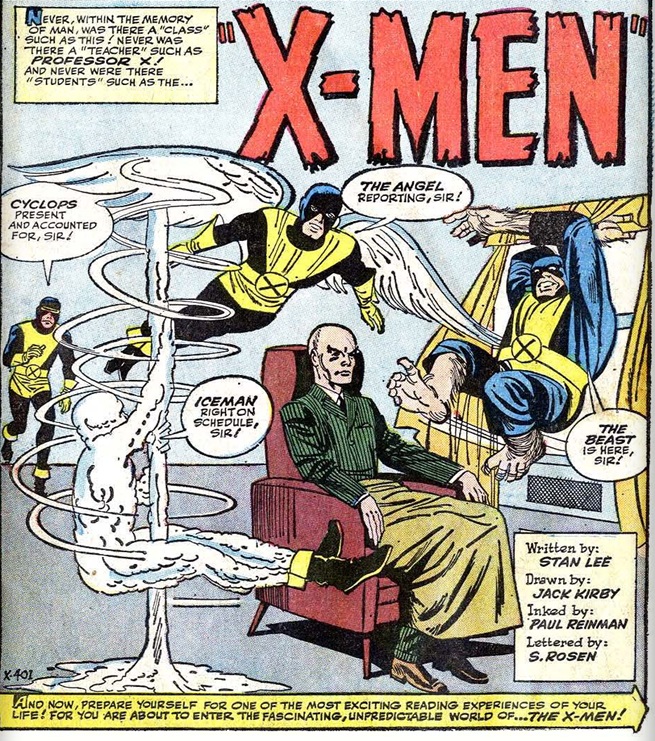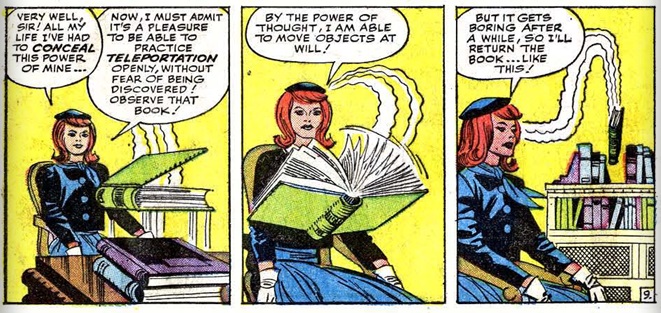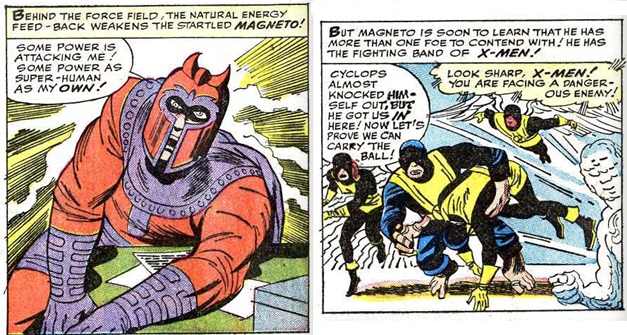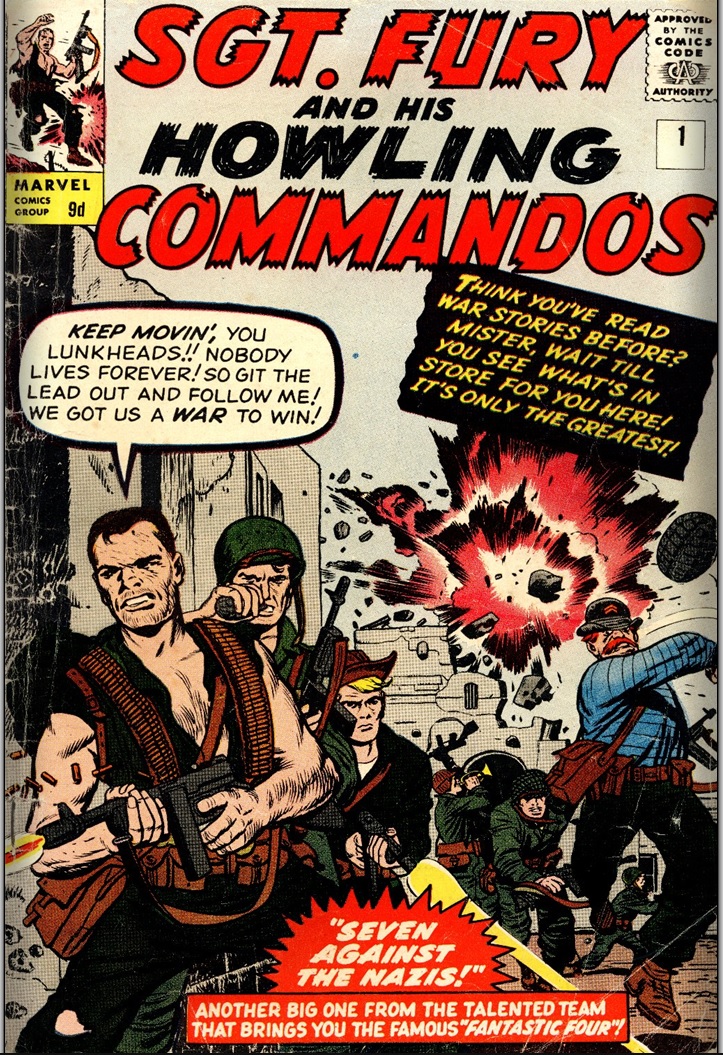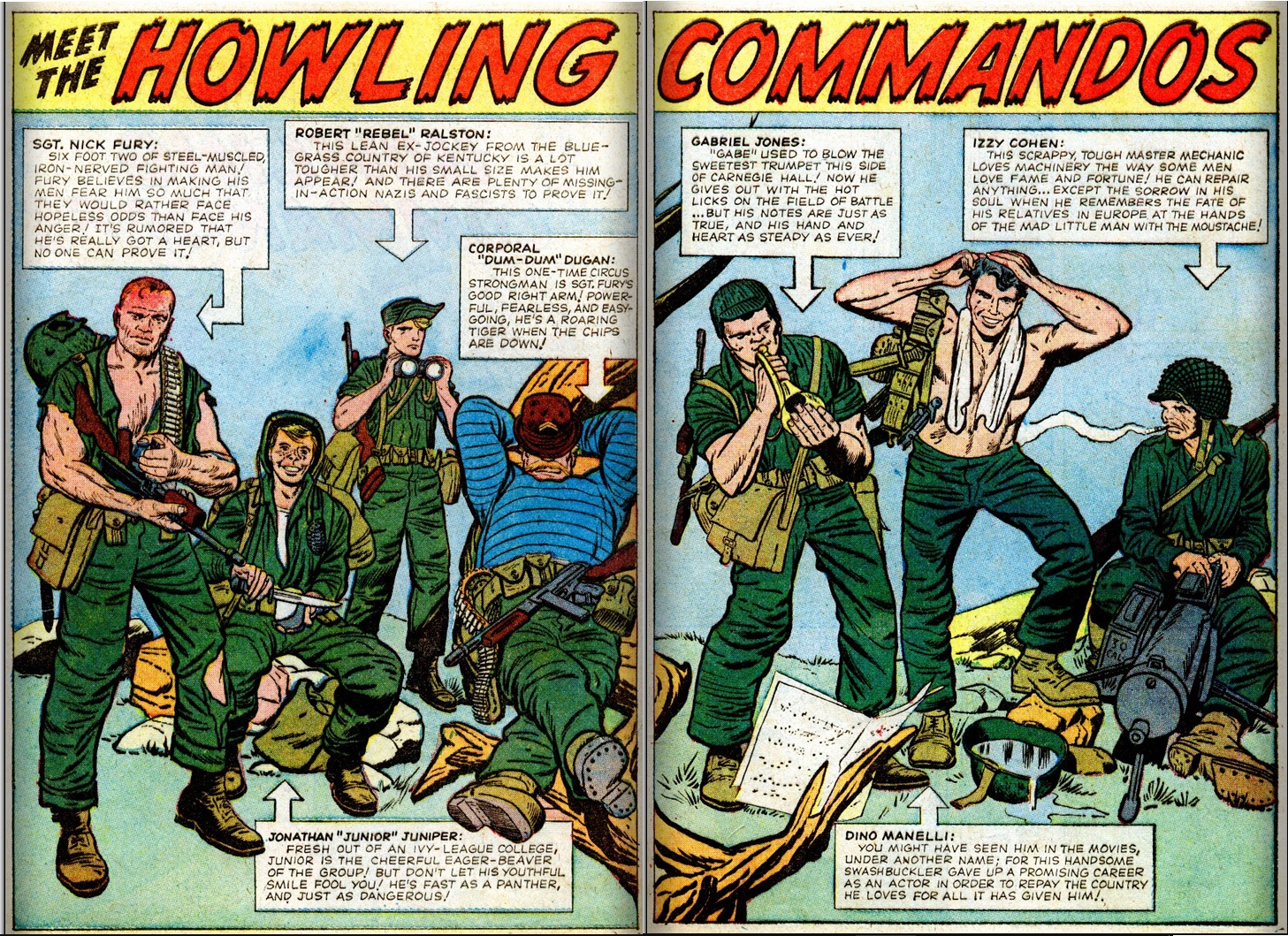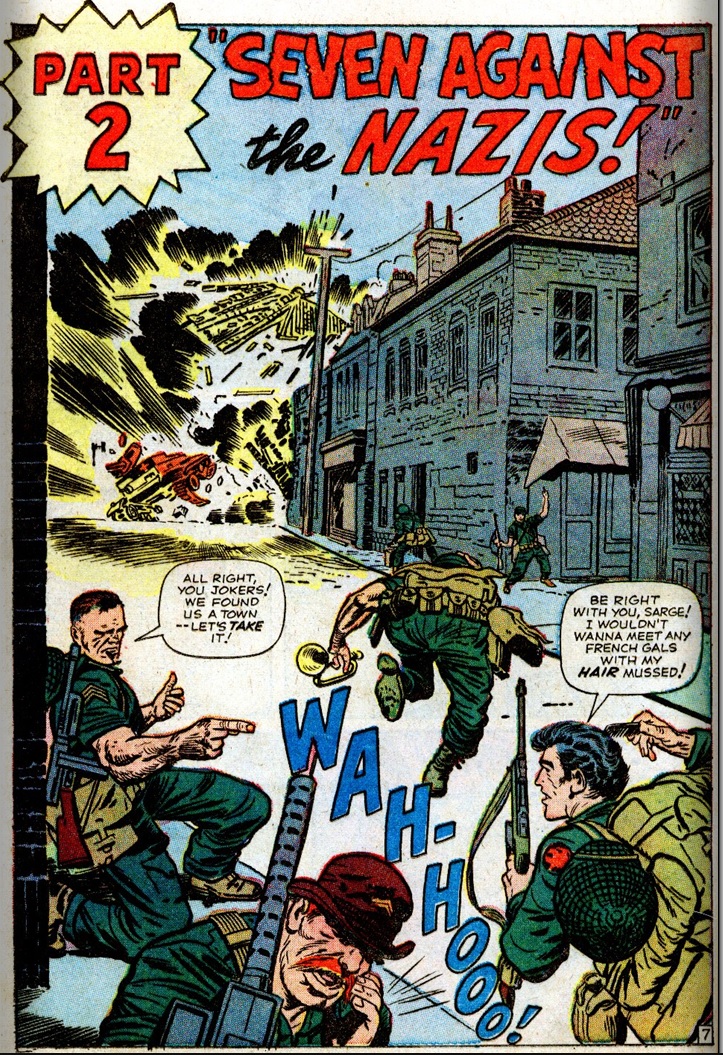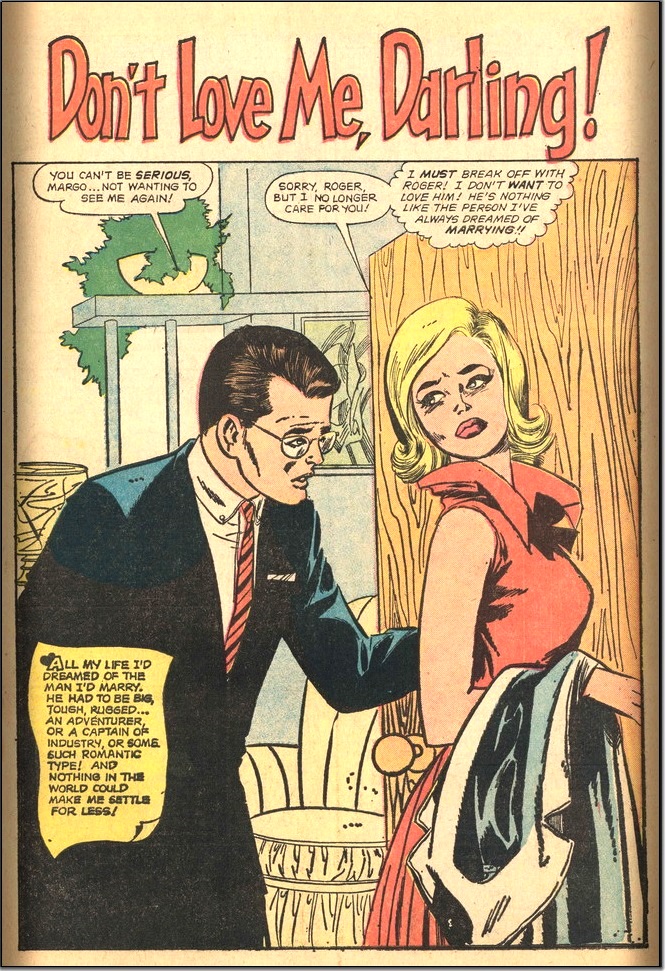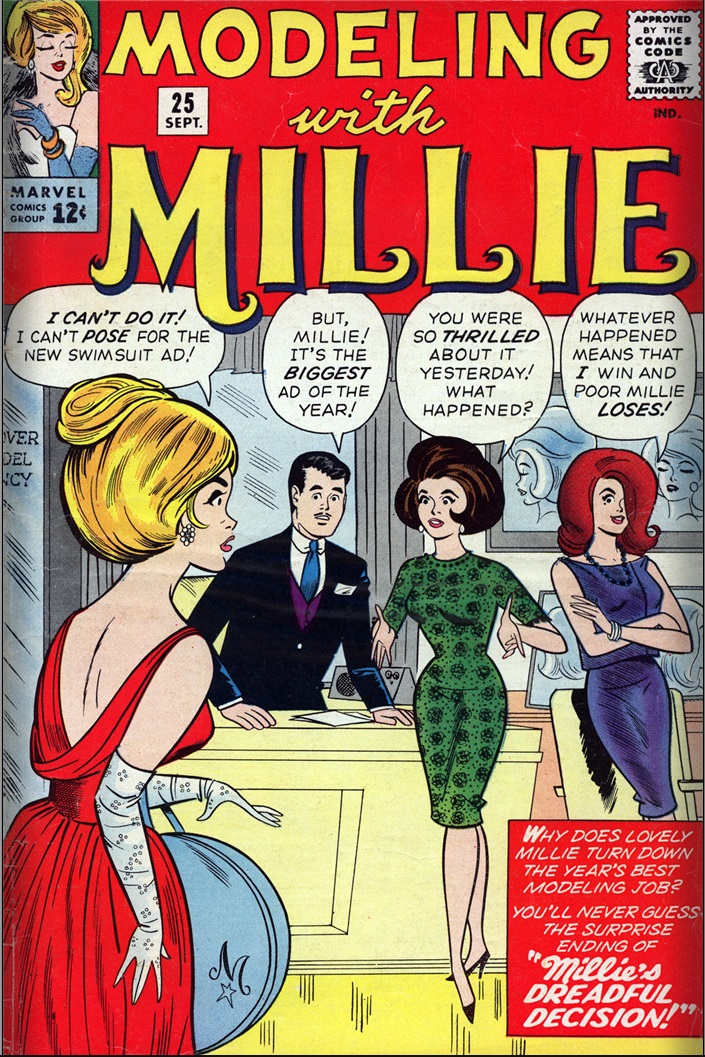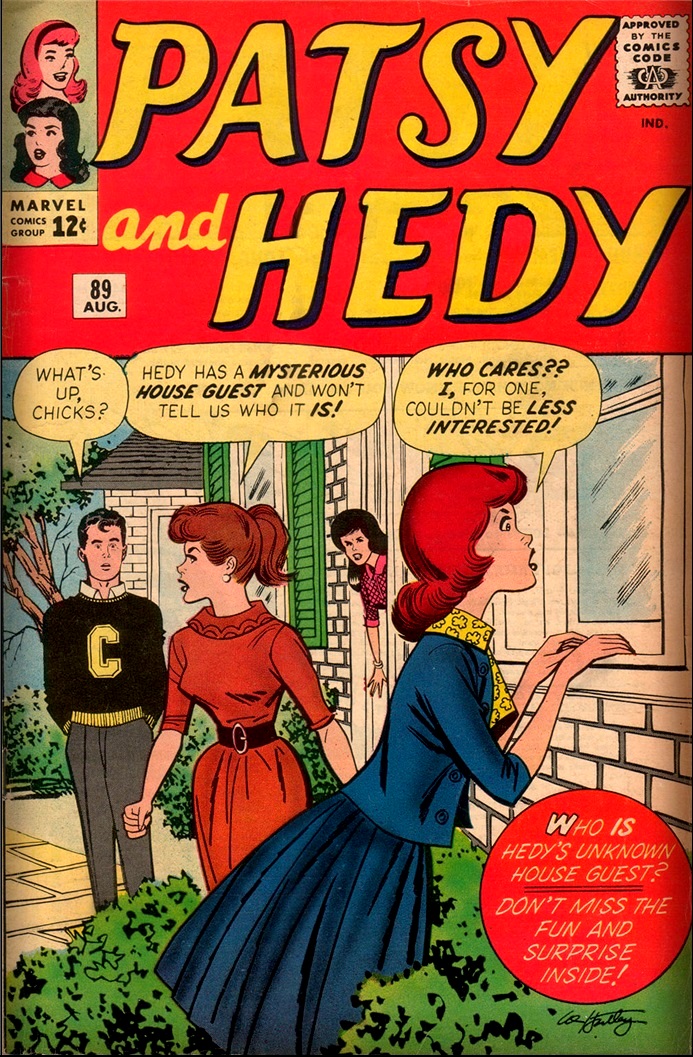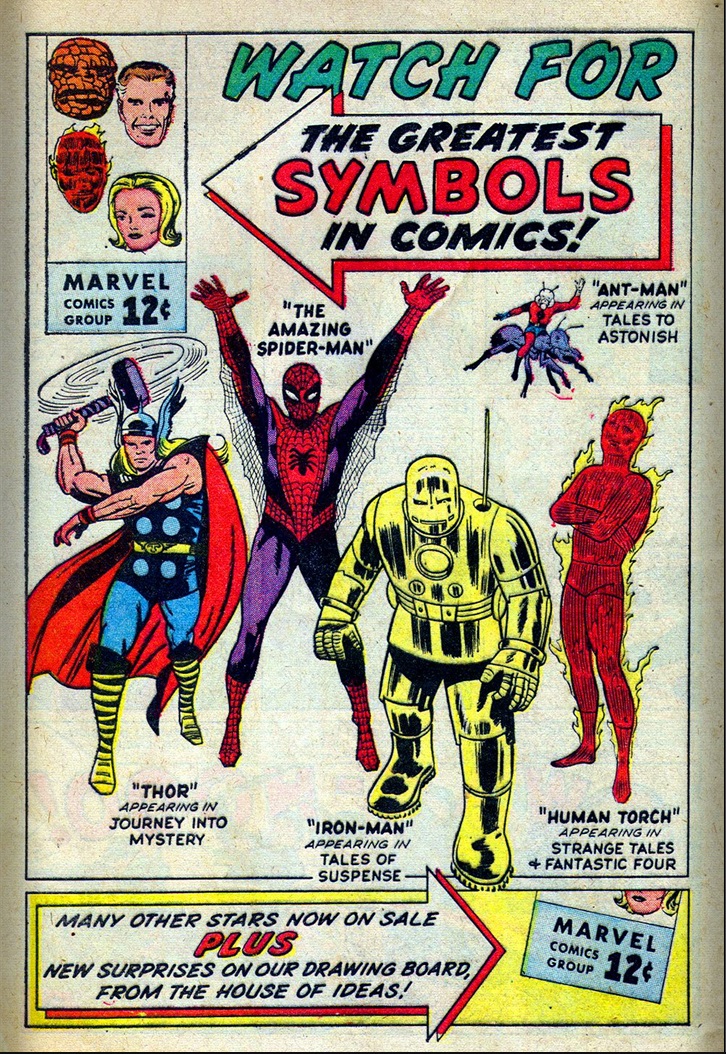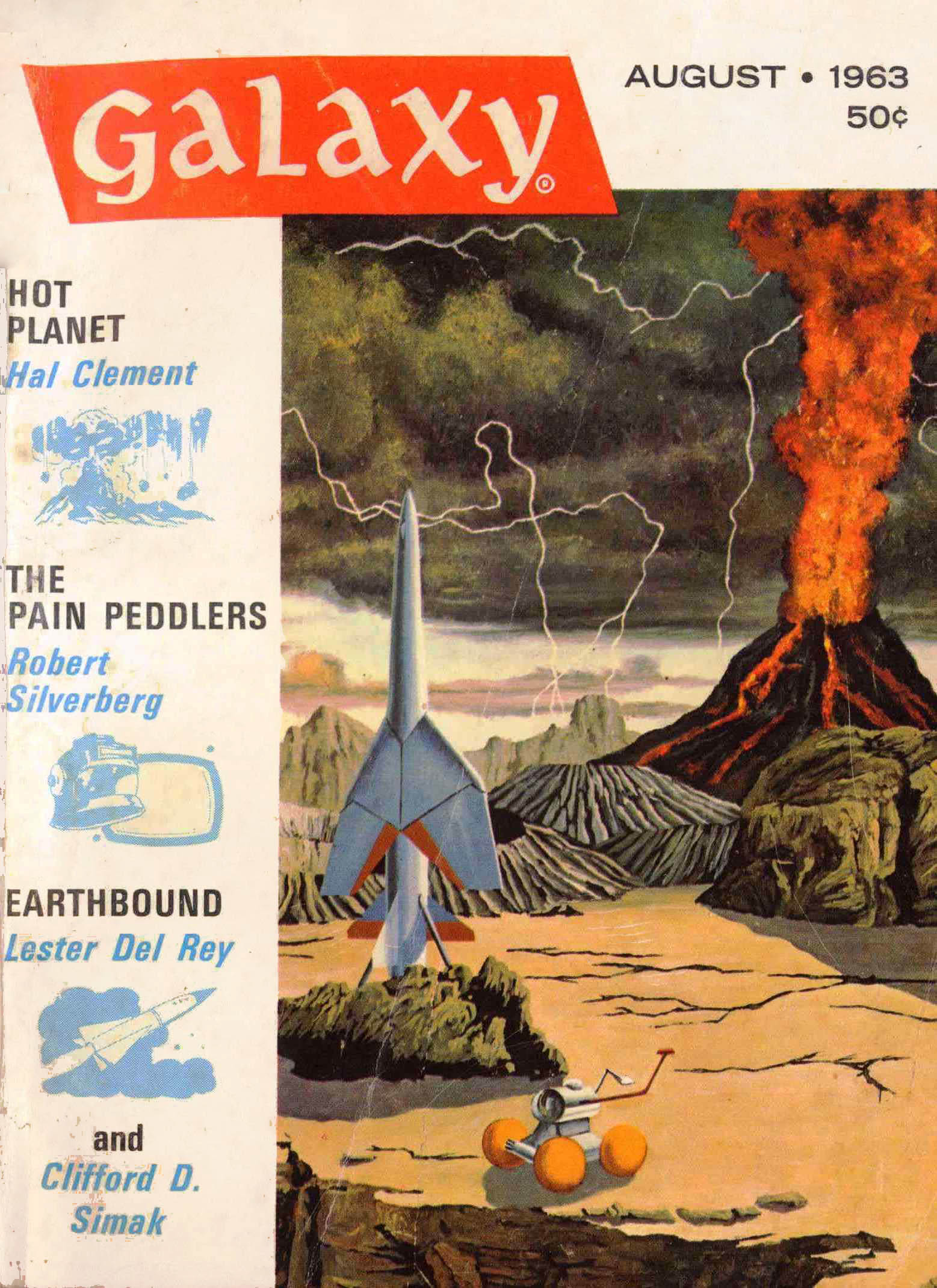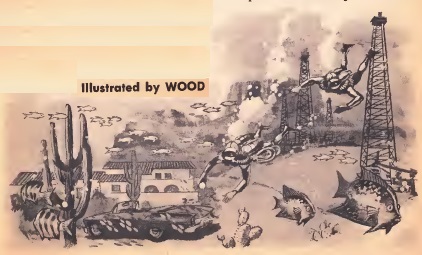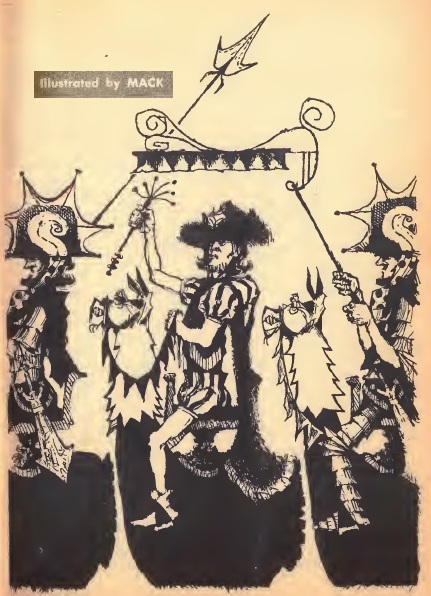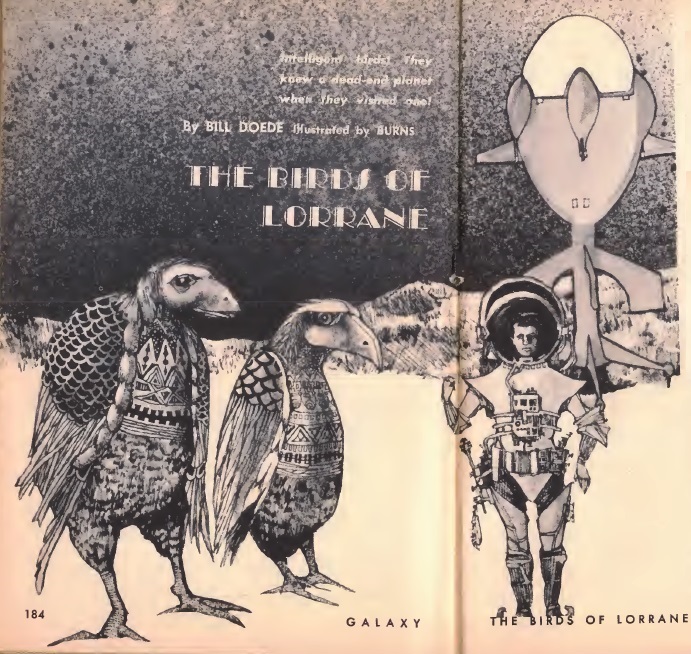
by Gideon Marcus
We've become a bit spoiled of late, what with space spectaculars occurring on a fairly regular basis. So, I was not too surprised when a friend buttonholed me the other day and exclaimed, "When is the Space Race gonna get interesting again?" After all, it's been a whole two months since the Vostok missions, three since the last Mercury mission, and even satellite launches have been few lately.
Oh ye of little faith. The real work doesn't happen when the rockets go up, but after their payloads are aloft. A lot happened in the arena of space this month — you just have to dig a little to learn about it. Here are the exciting tidbits I gleaned (and the journos missed) in NASA's recent bulletins and broadcasts:
Bridging the Continents
Communication satellites continue to make our world a smaller place. Syncom, built by Hughes and launched by NASA late last month, is the first comsat to have a 24-hour orbit. From our perspective on the Earth's surface, it appears to do figure eights around one spot in the sky rather than circling the Earth. This means Syncom can be a permanent relay station between the hemispheres.

It's already being used. On August 4 the satellite allowed Nigerian journalists and folks from two U.S. services to exchange news stories as well as pictures of President Kennedy and Nigerian Governor General Dr. Nnamdi Zikiwe. Five days later, voice and teletype was exchanged between Paso Robles, California and Lagos, Nigeria. This 7,700 mile conversation represents the longest range real-time communication ever made.
And, on the 23rd, Syncom carried its first live telephone conversation — between President Kennedy and Nigerian Prime Minister Sir Abubaker Tafawa Balewa, as well as several other official conversations. One has to wonder if the whole scheme wasn't hatched just so Jack could expand his pen pal list to West Africa…

More comsat news: RCA's Relay 1 is still alive and kicking, having been used in 930 wideband experiments, 409 narrowband transmissions, and 95 demos of TV and narrowband broadcasts. And in a stunning imitation of Lazarus, AT&T's Telstar 2 came back on-line after having been silent since July 16. I understand there will be an unprecedented experiment next month: NASA is going to use Relay and Syncom to bounce a message from Brazil to Africa. Expect that kind of satellite ping-pong to become common in the future.
Finally, NASA's passive comsat, Echo 1, continues to be used for tests. Come winter, it will be joined by Echo 2. Because if there's anything space needs, it's more balloons.

First pass of Echo 1 satellite over the Goldstone
Predicting the Weather
Mariner 2, the Venus probe that encountered the Planet of Love last December, went silent early this year. Yet its reams of data are still yielding discoveries. During the spacecraft's long flight toward the sun, it took continuous measurements of the solar wind — that endless stream of charged particles cast off from the roiling fusion reactor of our nearest star. These measurements were then compared to readings made on Earth and in orbit. Scientists have now determined that the sun's radioactive breeze blows in gusts from 500 to 1350 kilometers per second, the bursts correlated with expansions in the solar corona. When a particularly strong stream of electrons and protons, sizzling at a temperature of 500,000 degrees F., slams into the Earth's magnetic field, it causes disruptions in broadcasts and communications.

Closer to home, Explorer 12 soared far from Earth in its highly eccentric orbit, charting long-lived solar plasma streams in interplanetary space. The satellite determined that these gouts of plasma caused geophysical disturbances more than twenty days after their creation.
One can imagine a constellation of satellites being deployed to provide solar system-wide space weather reports. Not only would they help keep astronauts safe as they journeyed from planet to planet, but they'd also let radio operators on Earth know when to expect static in their broadcasts.

And speaking of weather forecasts, Tiros 6 and 7 continue to be our eyes in the sky, tirelessly shooting TV of Earth's weather. They've already tracked the first hurricane of the season, Arlene. Who knows how many lives and dollars they will save with their early warnings?

Previews of Coming Attractions
The ill-starred lunar probe, Ranger, has failed in all five of its missions. In fact, NASA is 0 for 8 when it comes to moon shots since 1959. Perhaps Ranger 6, set for launch around Thanksgiving, will break this losing streak. It will be the first of the Block 3 Rangers, lacking the sky science experiments that flew on Rangers 1 and 2, and the big seismic impactors carried on Rangers 3-5. The new Rangers will just shoot TV pictures of potential Apollo landing sites. This sacrifice of science in deference to the human mission has not gone without protest, but given the dismal track record of the program, the labcoat crowd will have to take what they can get.

A full year after Ranger (hopefully) reaches the Moon, a pair of Mariners will set sail for Mars. Unlike last year's Mariner 2, Mariners 3 and 4 will carry cameras to provide our first close-up view of the Red Planet. Let's just hope neither of these upcoming probes meet the same fate as Russia's Mars 1, which died last March.

At some point in the mid-60s, even bigger Mariners will fly to the planets, carried by the big liquid oxygen "Centaur" second-stage. The first successful test fire took place on August 17 just down the way from my house — at General Dynamics/Astronautics San Diego

And finally, another 271 space candidates applied to NASA this year. They have been screened to 30, and out of them, 10-15 will be selected in late October to comprise the third group of astronauts. None of them are women yet, but perhaps there will be some in time for Group Four.

Pilots Jerrie Cobb and Jane Hart testify before the Subcommittee of the House Committee on Science and Astronautics, July 1962. That's an Atlas Centaur model next to them.
Who knows? Maybe you'll be one of them!
[Want to talk to the Journey crew and fellow fans in real-time? Come join us at Portal 55! (Ed.)]

![[August 29, 1963] Why we fly (August Space Round-up)](https://galacticjourney.org/wp-content/uploads/2018/08/630829astronauts-672x372.jpg)

![[August 21, 1963] Forgettable (September 1963 <i>Fantasy and Science Fiction</i>)](https://galacticjourney.org/wp-content/uploads/2018/08/630818cover-672x372.jpg)











